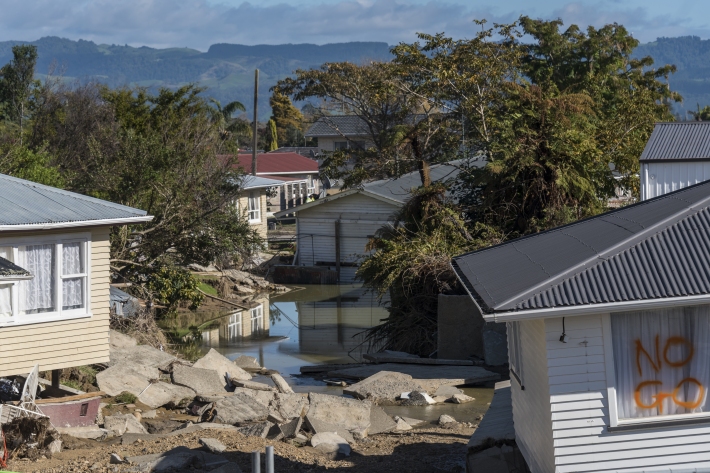-

The week it snowed everywhere
Media release21 November 2019Novel handwriting recognition project casts new light on historic weather data. -

Handwriting recognition casts new light on climate change
-

Planning an ocean observation network
Media release03 October 2019New Zealand’s changing ocean environment has prompted the call to develop a system that will keep closer tabs on information from scientific monitoring buoys so the data they produce can be shared as widely as possible. -
Covering Climate Now
Media release17 September 2019Expect to hear a lot more about climate change in the news in the weeks ahead – and a lot about NIWA’s work underpinning the science that is signalling a warmer world right now and its effects in the future. -

How do clouds modify the response of mountain glaciers to climate change?
Research ProjectWhile we know that glaciers are sensitive to changes in their local climate, our understanding of exactly how mountain glaciers will respond to climate change is incomplete. -

Adaptive futures: a serious game for climate change adaptation
Research ProjectNIWA is using serious games to look at problems holistically and provide a framework for climate change adaptation decision-making. -

New reports highlight flood risk under climate change
Media release21 August 2019Two reports released today by NIWA and the Deep South National Science Challenge reveal new information about how many New Zealanders, how many buildings and how much infrastructure could be affected by extreme river and coastal flooding from storms and sea-level rise. -

Daily CO2 measurements from NIWA’s atmospheric monitoring station at Baring Head
ServiceDaily CO2 measurements from NIWA’s atmospheric monitoring station at Baring Head. -

Ambitious NIWA-led Antarctic Ocean project gets go-ahead
Media release18 June 2019Understanding how the Antarctic oceans work is vital to predicting the world’s future climate and the implications of climate change for humankind and the planet. -

Our changing oceans
Feature story13 June 2019The on-going rise of atmospheric carbon dioxide (CO2) that is fuelling climate change is also driving significant changes in the waters off our coasts. -

Climate Matters - shaping our climate solutions
13 June 2019NIWA is bringing together decision makers and influencers from across New Zealand this month to shape the science we need to respond to our changing climate. -

A bird's-eye view of our carbon balance
Feature story13 June 2019Dr Sara Mikaloff-Fletcher is looking to turn the internationally accepted science of monitoring greenhouse gas emissions upside down – and the rest of the world is watching closely.

